Sweetwater Gone
Suffering and success under Swaziland's worst drought in years
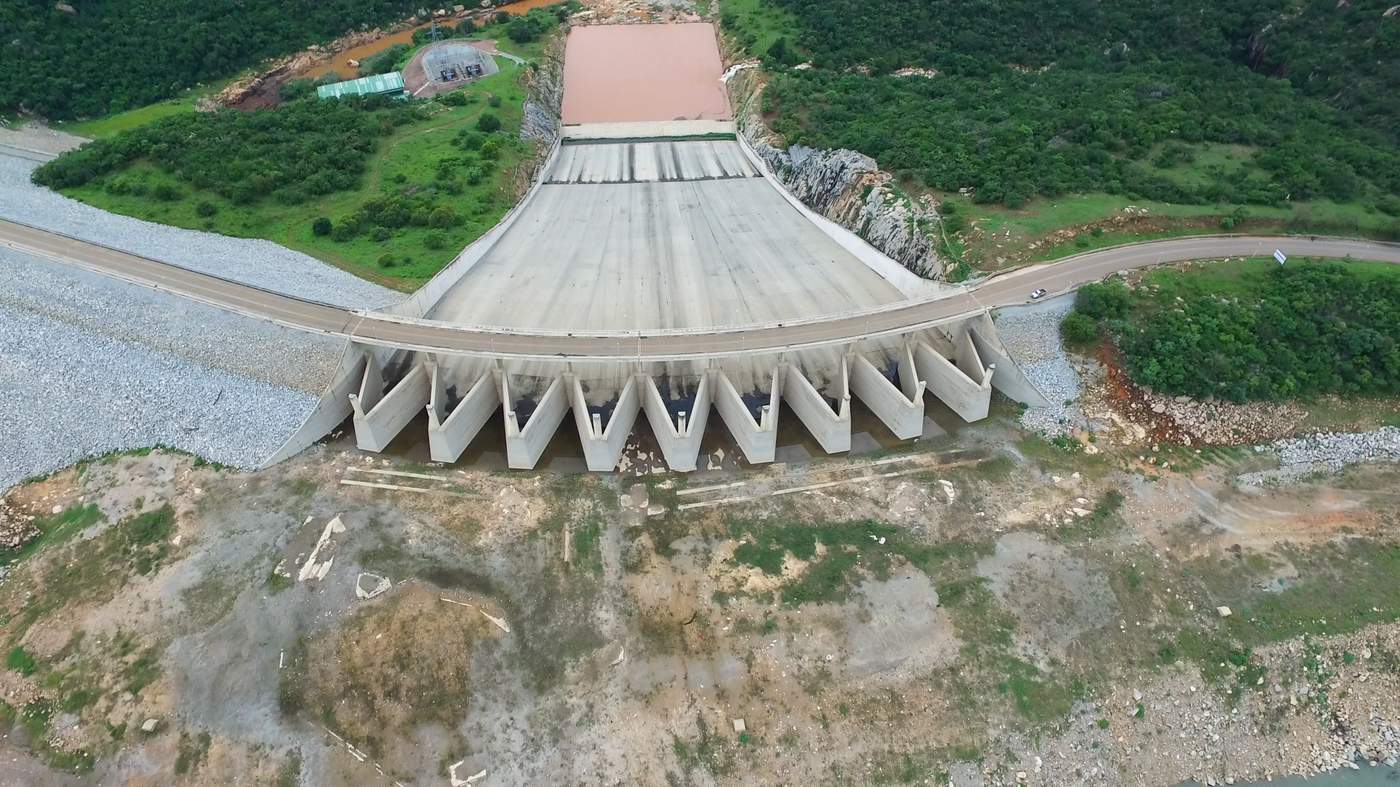
It’s a pleasant morning for a drive in the heart of drought-stricken Kingdom of Swaziland, but it’s going to get hot, really hot later. The thermometer already reads 34 degrees, which feels about as hot as it looks: Hazy skies, dried creek beds, yellowish-brown earth, and withered crops. As if on cue, I crest a hill and below me spreads the Mnjoli Dam, one of Swaziland’s largest. It’s almost dry, a fat brown smear surrounded by sugar cane and small villages. What little water it does contain is infested with crocodiles, sunning themselves at the water's edge.
It’s here, in a town called Dvokolwako, that I turn left, winding my way up a rutted dirt track towards one of the countless homesteads dotting the landscape. Thulusile Shongwe greets me at the gate to her house, a sturdy squat house with multiple sheds for animals and storage. She's relatively wealthy, living on a fertile plain granted to her husband through the consent of the local chief. She takes me on a tour of her homestead, assessing her land, pushing through the dying stalks of maize, inspecting each one as she passes. Sallow leaves crackle and break as she brushes past them. Experienced fingers skim over the tops of the younger shoots, probing, feeling for life that isn’t there.
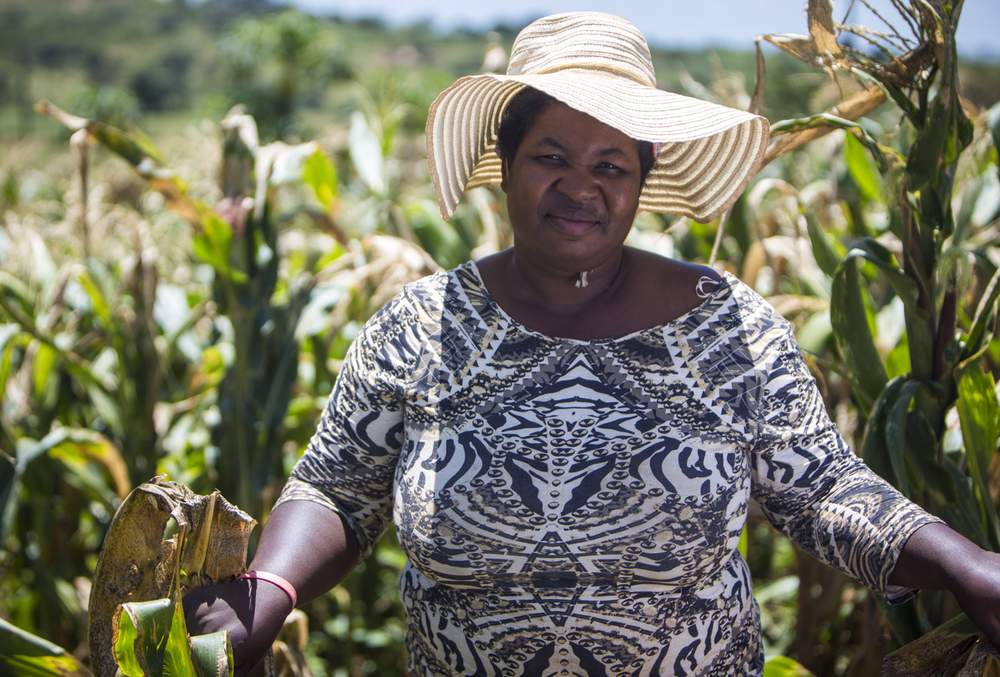
Thulusile Shongwe, a farmer in Swaziland's Hhohho region
“Three cows died earlier this year, and six the year before. Two cows were pregnant.” Thulusile explains to me, her eyes dancing back and forth across her fields. "The last one we killed before it died, so we could at least eat the meat."
The air shimmers around us as it nears midday, and we retire to her porch. We sit in silence for a moment, and I wonder if it’s impossible to over-emphasize the loss she must be feeling. 20% of her cattle, not only a symbol of wealth, but a provider of milk and beef for her family, had been lost in the last two years. No cattle means no fattening investment, no dowry, and way to breed for more. The drought was acting like a crashing stock market in her village, killing off an entire future. Unfortunately this drought, like many before it, affects rural communities the hardest, the least resilient to shocks in the system.
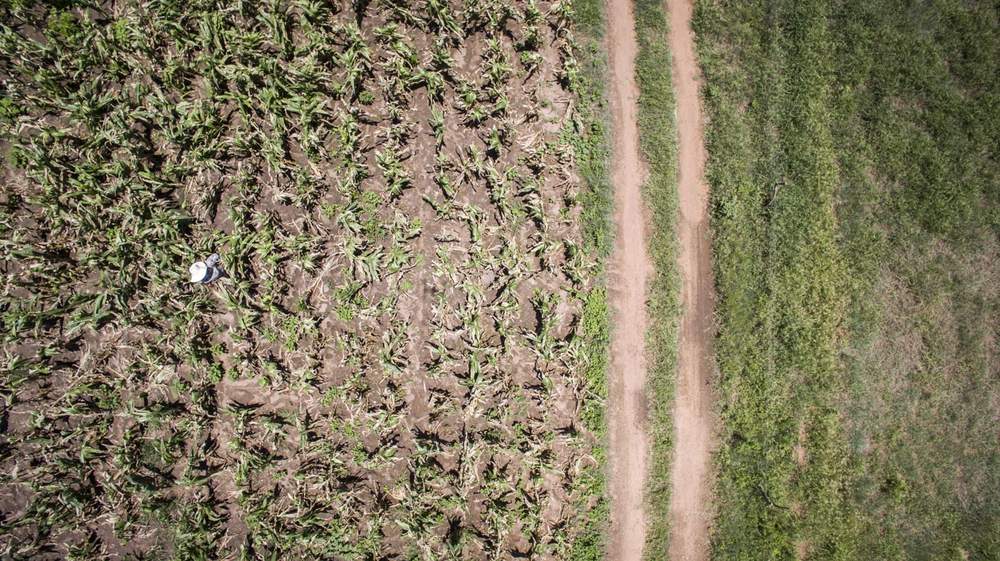
Dying maize crops in Thulusile's fields mean troubled times ahead
“The maize we planted earlier this year, we planted because the rains came early. We hoped they would continue, but they didn’t. The rains never came back, and the entire crop was lost.”
We sit under her tin roof, out of the sun, with a huge plastic storage tank of maize in front of us. It’s not surprising that she chooses to sit here, a prominent place in her household. This storage tank represents her livelihood, a sort of bank vault. It represents oppprtunity, and on a more visceral level, dinner for her and her family.
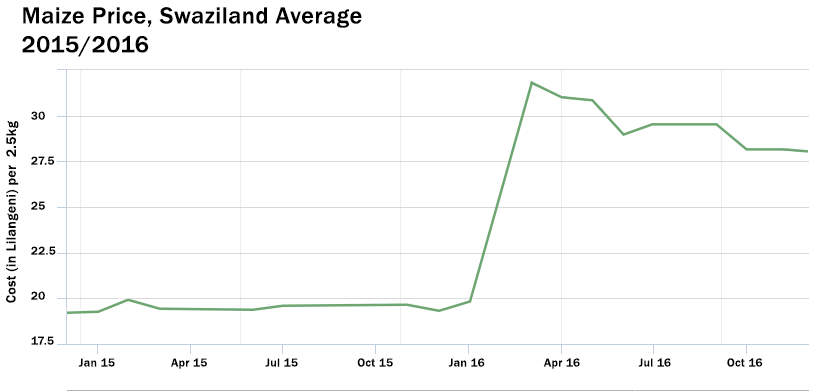
Maize prices spiked in 2016, more than doubling in price, and forcing thousands in Swaziland into a state of food insecurity. (FAO)
Sure enough, her daughter soon appears, peering meekly from around a corner at the commotion. I ask Thulusile how big her family is. “Ten”, she answers with a smile, a prosperous amount for a poor family in Swaziland. She has, in fact, a sizeable plot, a husband with a secondary income, and up until now, enough maize and cow’s milk to sell at the end of each season. She's one of the fortunate few in this village who actually has a fighting change of weathering the drought.
Most people in her village only grow enough for subsistence, she tells me, and this is a problem because as the drought stretches into its third year, and the crops wither and die in the ground, people are starting to go hungry. Many people celebrated when the rains came early late in 2016, she says, but like her, their crops are now also dead in the ground, burnt by the relentless sun. The fickle clouds are yet to return in strength, and the village’s hopes of a bumper crop are all but dashed. She sighs and looks out at her maize, turning an orangeish-purple color in the noon sky.
“Now I try and plant beans, sweet potatoes, and peanuts. Anything I can do to get food.”
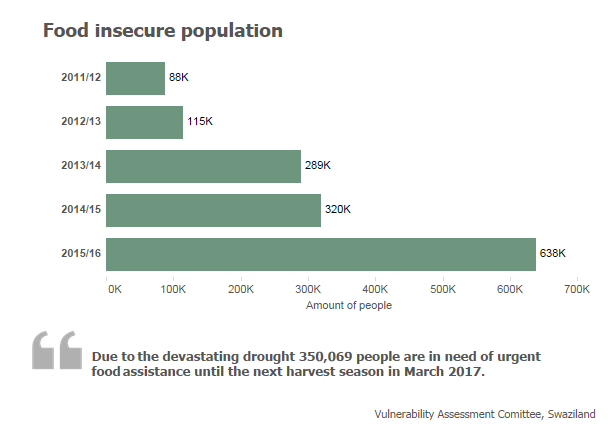
We head back into the fields and I watch Thulusile stoically stoop to sow her bean seeds. She's trying many different crops now that the maize has failed, an option bordering on desperation. These days, it's a full out war against the elements, and you either need to defeat the drought, or you die. But now, with the boreholes dried up, with the fields cracked and brown, a tremor of a doubt seems to shudder through Thulusile as she considers what may be her last stand. An NGO has installed pipes to the village, pipes supposed to bring water to each home from the purple mountains clouding the horizon, but after repeated delays, the water has failed to materialize just when they need it the most. Still, it may be their only hope for outside assistance.
“Government hasn’t come to this village in a long time”, she tells me, “but we are hoping for the best”. Without the rains, and without outside help, she's running out of options.
A Thirst For Resources
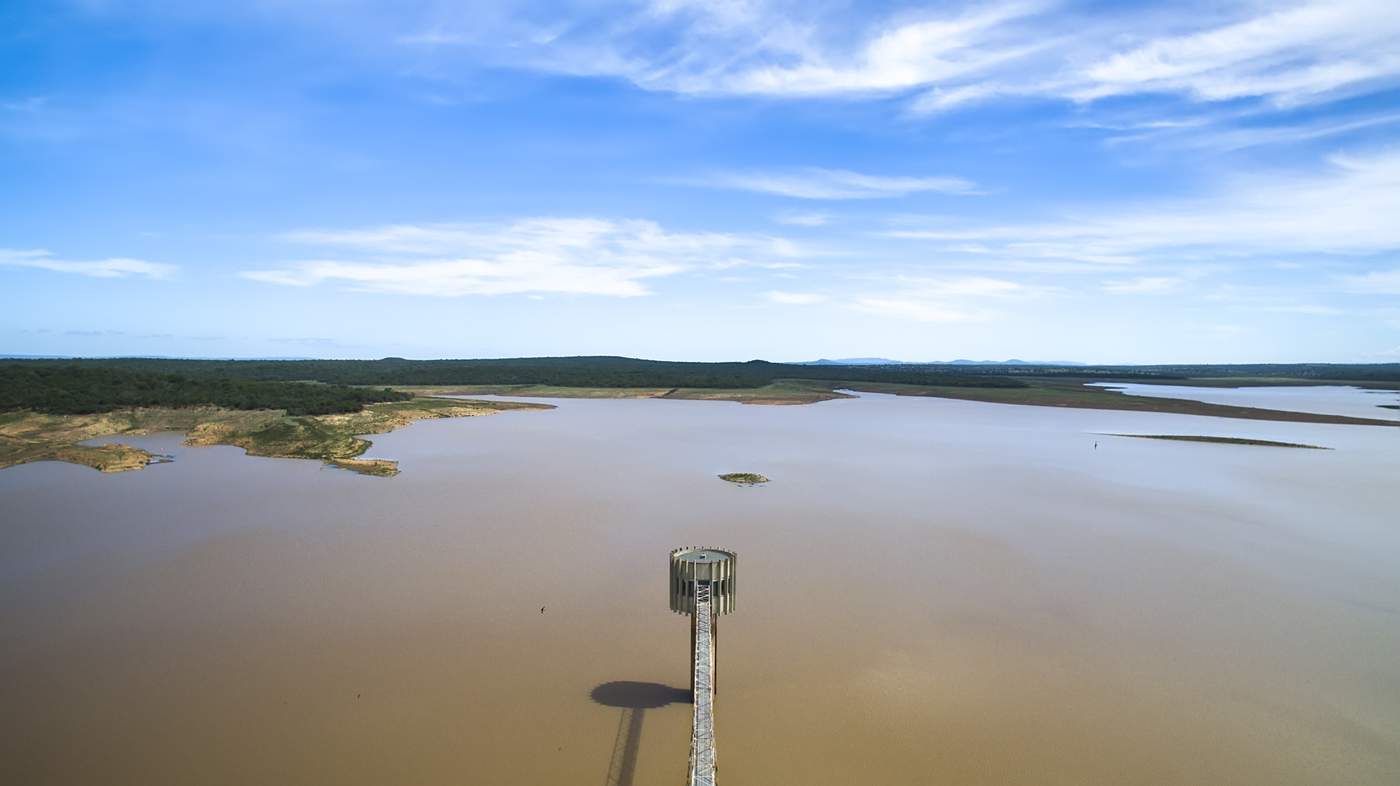
The Kingdom of Swaziland sits tilted like a gigantic plate, with high mountains in the west sloping downwards to a fertile plain in the east where massive sugarcane plantations grow. Summertime storms on the Highveld of South Africa move across these mountains, releasing their rains into rivers, eventually filling the dams and aquifers which Swaziland relies upon.
Water is everything in this country, a country reliant on agriculture and rural farming methods. In times of normal rainfall, there are ample dams, rivers, canals, and reservoirs to provide for both the small population and the sugarcane industry, the 4th largest in Africa. As the drought has worsened, however, the reliance on surface water has faltered, and many people in rural areas now rely on boreholes. These are drilled either by NGOs, the Swazi Government, or private interests, tapping into underground aquifers that are poorly mapped and expensive to pump and maintain. Without adequate knowledge of ground water levels or proper management, some boreholes are now pumping dry.
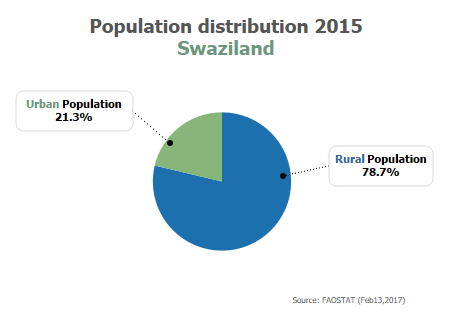
The past two years has put the entire Swazi water system under unprecedented stress. The capital city of Mbabane introduced water rationing in mid-2016 after its dam supplying drinking water ran completely dry. Plans to pipe water to the capital from another dam were hastily arranged, and even more hastily scrapped when the rains sporadically returned. Plans for next winter, when the dam could theoretically run dry again, are ambiguous.
Swaziland is even forced to purchase electricity from neighboring South Africa, after dam levels fell below the minimum water level necessary to generate electricity. Meanwhile the government tries to find scapegoats for an unrelenting combination of bad luck and mismanagement.
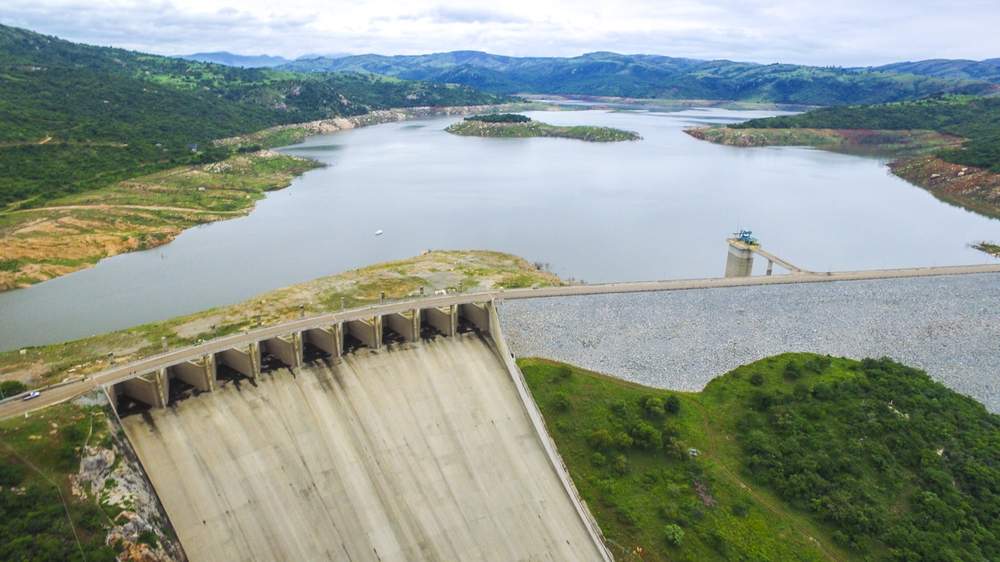
The Maguga Dam, Swaziland's largest, stands at 46% full, up 12% from last year (dwaf.gov.za)
"The problem…is unregulated rural development.” A senior hydrologist in the Royal Swazi government, who prefers to not be named, tells me over lunch. He points his fork with an air of theatrical panache. “We simply do not have the capability to create a centralized network of water distribution. It would be far too expensive to build and maintain. Can you imagine the cost? And this is why, when there is no planning of the new homesteads, and people can build in the mountains far away from the city and drill their boreholes anywhere they please…” He pauses here for added effect, “That! Is where you have the problem we are seeing today.”
He speaks with passion and conviction, and it’s true, the country does have incredible challenges to centralized water delivery. It's mountainous, overwhelmingly rural, and very poor. But to blame the country's water problems on rural development seems like a deflection. Noticeably absent in his remarks are any references to the country’s sugarcane irrigation network. Scenes of lush green plantations swept by sprinklers and overflowing canals, next to withered maize and bone-dry homesteads, is an exercise in doublethink that's depressingly unsurprising.
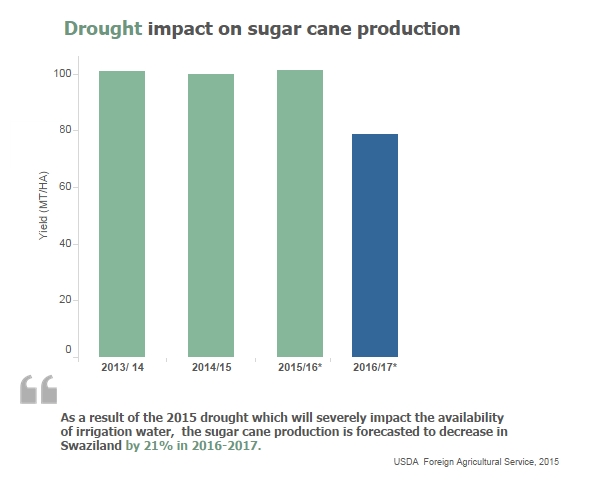
"There is potential for sugar production to have significant impacts on local water availability by reducing both the quantity and quality of water for other uses."
We sit chatting among a group of government officials and NGO representatives, and I realize that maybe a coherent government response to water delivery is asking too much in such a sprawling, rural country. There seems to be little appetite to criticize the government, and I suspect there’s little benefit to doing so - especially when that government is ultimately ruled by a monarch. International aid groups do pick up some slack, providing infrastructure, delivery, and to some extent hope for tens of thousands of people everyday, but its clearly not enough. It’s also incredible to me that a commodity as vital, as key to life and livelihoods, as precious as water is left to volunteers to manage and distribute.
The more we talk, the more I sense a sort of fatalism, a type of bureaucratic fatigue familiar from Tokyo to Washington. He bows his shoulders and looks to me with weary eyes. “The government reacts to crises”, the hydrologist tells me, “but we struggle to put in place strategies for the future once those crises go away. What can we do?"
Clouds on the Horizon
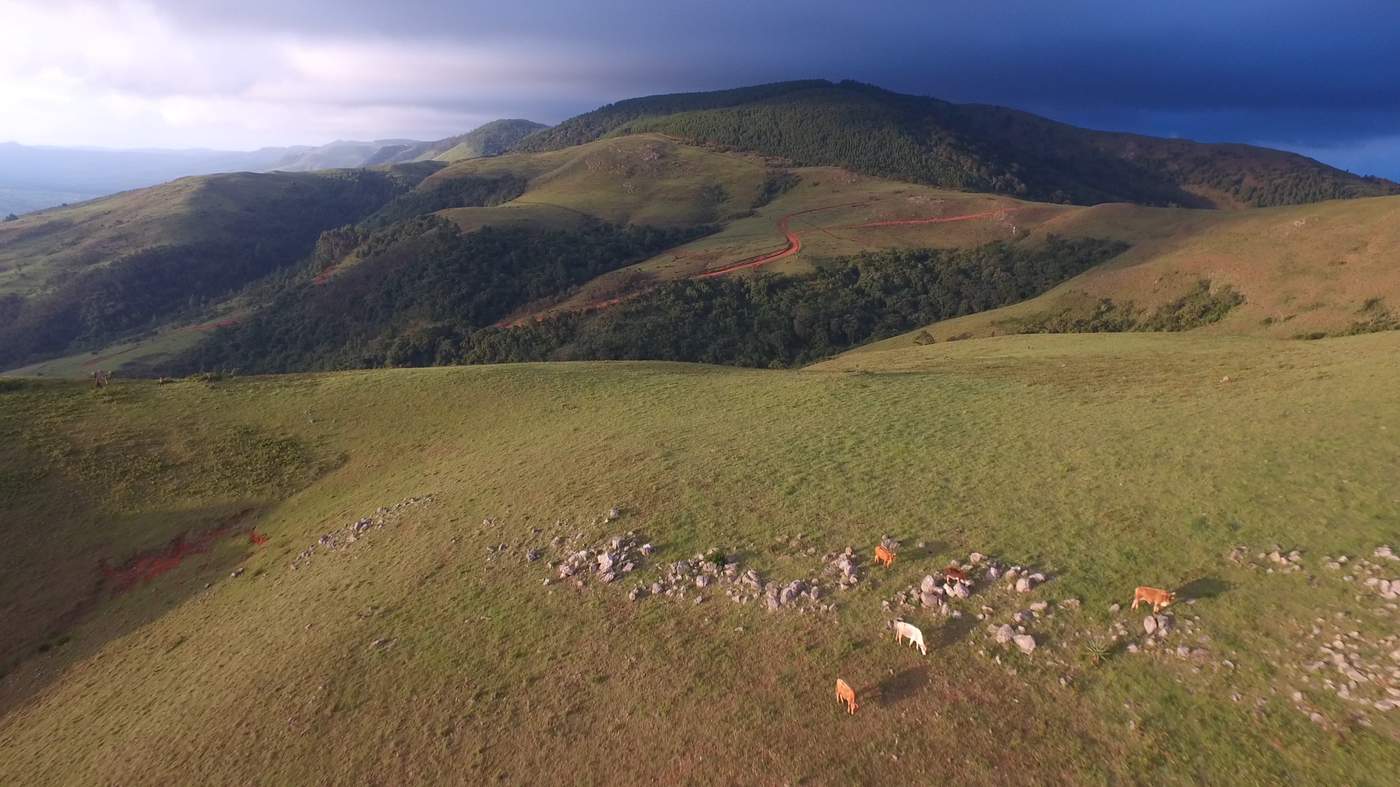
The scenery is lush and green in the mountains outside Malkerns. This region of Swaziland has been comparatively less affected by the drought, but is almost totally bereft of any government-facilitated water assistance, a perfect testing ground for innovation.
Derek Braithwaite is a contractor and self-proclaimed “water diviner”. He’s agreed to meet me and show me an example of a NGO-provided water scheme in a previously dry village high above the valley floor. Aid groups have stepped in where government hasn't, continually testing new technologies, refining techniques, and providing brilliant business opportunities for entrepreneurs like Derek.
It’s an area I wouldn’t expect to find much water, on a ridgeline high above the rivers that snake through the valleys below us. But Derek has brought along his “divining tools”, two thin metal skewers, and has promised to demonstrate to me his technique, which he claims found the water running underneath the ground.
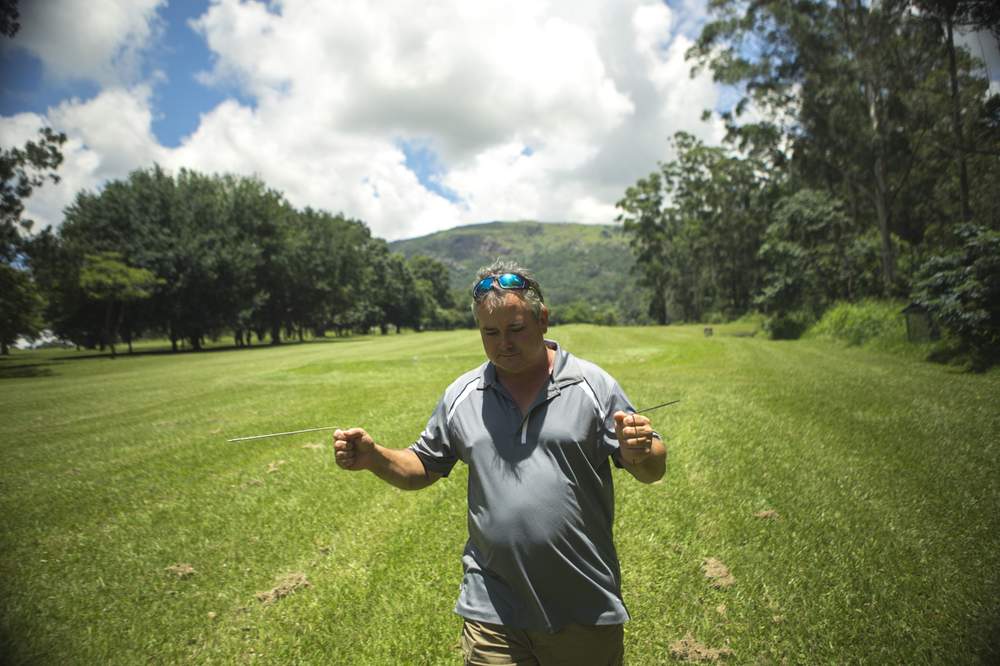
Water "divining" claims to be able to find water under the ground
"We have a lot of water that's unused, untapped, under the ground in Swaziland. We haven't even begun to use what's available." Derek promises me this with a wink, as great thunderclouds gather ominously above us. For the first time, I feel the palpitations of anticipation, which every villager in the country also feels, for the rain which I know so desperately needs to fall. After spending so much time obsessing about finding water, it almost seems like divine intervention to have it just…rain. Derek, anticipating the muddy roads, swears and guns the engine, leaving us fishtailing perilously close to the edge. My knuckles become white on the Volkswagen’s door handle.
We alight at a primary school set deep within the mountains, a stunning backdrop. We’ve come during school holidays and it's empty, and perfectly silent. I get out to stretch my legs, wandering through the grass in the empty fields next to the schoolhouse. “Be careful of snakes over there!” Derek gestures to a slab of concrete next to me, and I feel my stomach contract. “I’ve seen some holes underneath that slab as big as my fist.” He curls his fingers into a fist, and I move away as quickly as I possibly can. The chances of me getting anti-venom seem as remote as the village, and I immediately pick up a heavy stick, making a mental note to scan the grass continuously until I get back to the car.
He beckons me down a narrow path and I follow him, the mountain breeze gently rustling a copse of pine trees planted as a wind break. “This place used to get water from the river, and collect rainwater from the roof. Then an NGO from the UK decided to drill a borehole, which is a great idea. There’s actually a decent amount of water here. But the problem is, this is what they used as a pump.” He motions to a round, rusted heap of metal in the field next to us. I screw up my eyes trying to make sense of it, but as we walk closer and closer, it seems to take on a familiar shape. Suddenly, it dawns on me. It’s a PlayPump, the much-hyped solution of rural water security a few years ago.
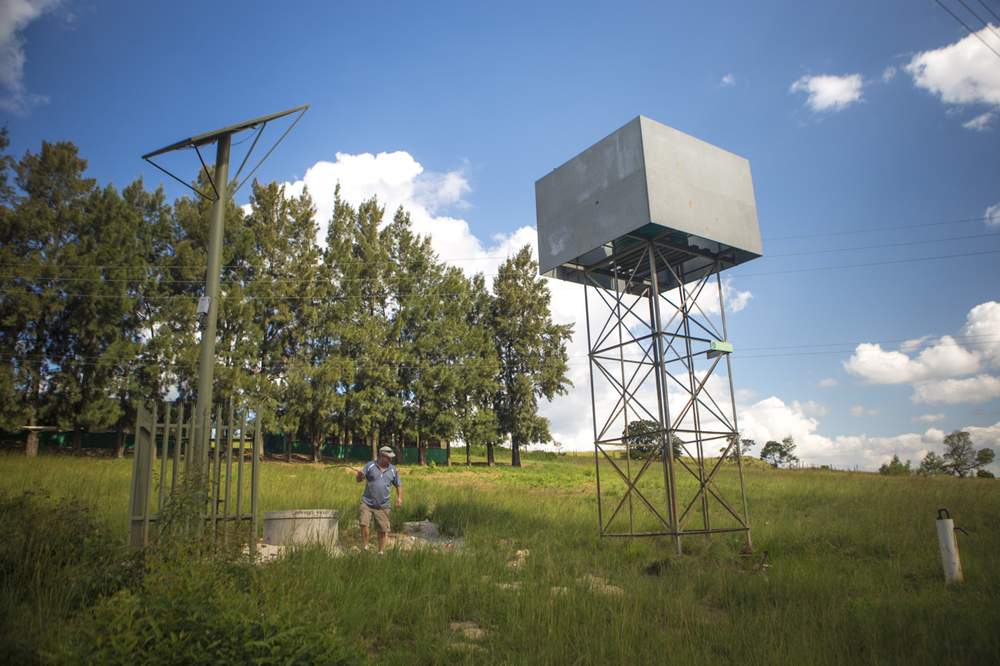
A disused storage tank for the PlayPump next to the new solar installation
Lauded for its innovation, and almost as quickly derided in its implementation, the PlayPump became an example of well-intentioned tech gone wrong. I feel a curious sense of nostalgia looking at the rusting wheel and its inevitable fate.
"...there is also no getting away from the fact that the African continent is literally littered with broken hand pumps that communities either do not have the money, knowledge or motivation to fix."
We trudge back through the tall grass towards the borehole and the new pump, Derek swelling with pride. “Now this”, he says, “is our solar pump.” He shows me the shaft with the pump, buried underground and connected through a series of pipes to twin 10,000 liter tanks up the hill. We kneel down in the grass and he tells me to put my ear to the metal lid on top of the shaft. "The pump works all day, even when there’s clouds”, he tells me. And sure enough, deep within the bowels of the system, a gentle vibration shakes my eardrum.
With finding and drilling boreholes a key part of Derek’s business, I can see why he’s keen to exploit the technology. He admits that it costs more to install a solar pump than a mechanical pump, but that its "not that much more”. There's less maintenance, more capacity, and no need for labor (or play) to bring the ground water to the surface. The excess can be sold, donated, or used for irrigation. But it doesn't mean the borehole won't go dry. Planning, capital, and coordination seem to be strange bedfellows in this part of the world, and I wonder if this solar pump will eventually rust away like the wreck of the Play Pump, becoming just another snake-infested white elephant.
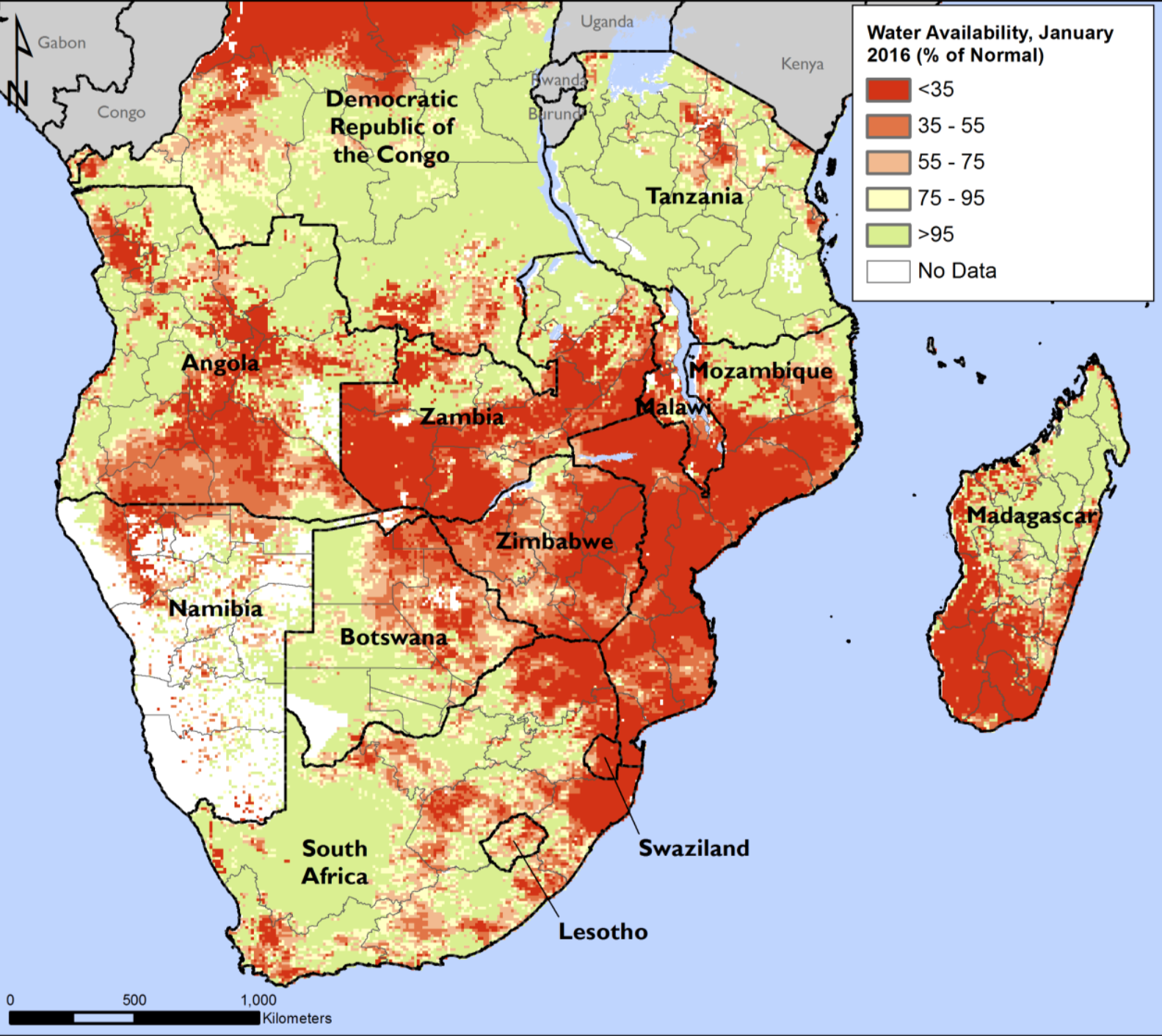
Water availability across southern Africa is stressed from the ongoing drought (FEWS)
As we pack up to leave, heavy drops of rain tremble and begin to fall from the skies. Herd boys whip their cattle towards home, as the smell of wet grass wafts towards them on the approaching breeze. It begins to rain, really rain, and I can imagine the shallow dams in the hills around Mbabane filling to capacity almost immediately. NOAA has forecast an above-average rainfall for the next few months in Southern Africa, which seems to preclude a total humanitarian and agricultural catastrophe.
The water restrictions are easing, the grass is turning green, and even the parched Great Usutu River is running again. In this little corner of mountainous Swaziland, you'd be hard-pressed to know that there was ever a drought, let alone one as severe as this. Derek, for one, is equal parts optimistic and enterprising.
"Imagine a country filled with these solar pumps", he beams, looking with pride over the schoolyard. Without certainty over where the aquifers are located or how long the drought will last, it feels like a hollow sense of accomplishment.
Editor: Jacopo Ottaviani
Photo/Video/Drone Footage: Johnny Miller
Data Visualizations: Daniela Q. Lepiz
Text Animations: Daniel Manners
Produced in partnership with Code for Africa
Funded by impactAFRICA and the Bill and Melinda Gates Foundation.

